Global Aquaculture Innovation Award finalist: Center for Aquaculture Technologies
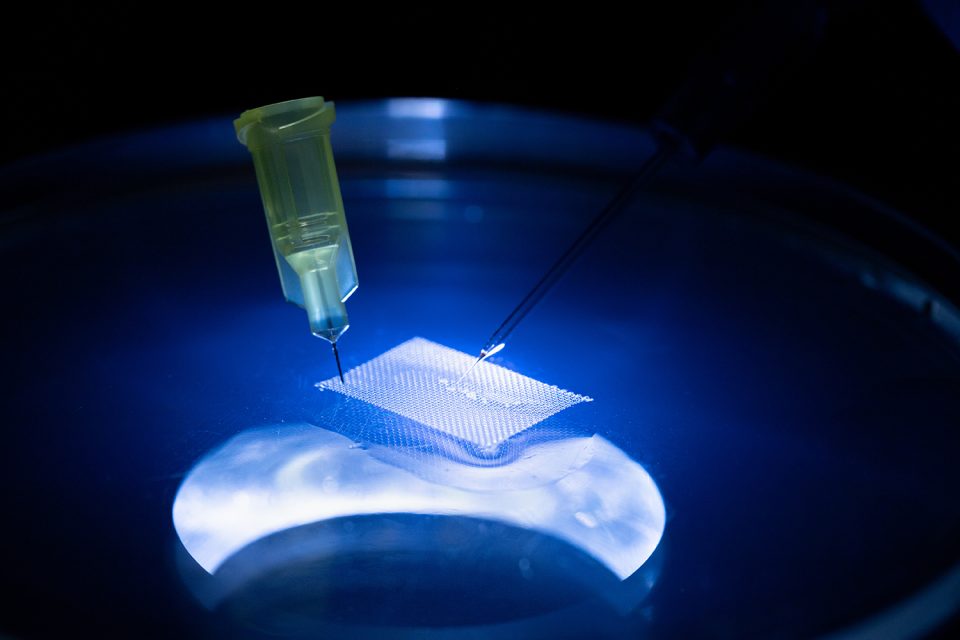
By using gene editing advancements, researchers at the Center for Aquaculture Technologies (CAT), figured out how to keep farmed fish from wasting energy on reproduction while still producing offspring.
In doing so, the CAT team unlocked the potential for substantial further progress in aquaculture. As a result, CAT, a privately held for-profit organization that uses its expertise in genetics and animal health to shorten the path to commercialization of technology benefiting aquaculture, is one of three finalists for the Global Seafood Alliance’s annual Global Aquaculture Innovation Award, as determined by GSA’s Standards Oversight Committee. The winner will be determined at GSA’s GOAL conference in Seattle next month.
When thinking of production in terms of one generation of fish, the ideal animal would not reproduce and be a single sex, with that varying by species. The tilapia industry, for instance, prefers males while salmonid producers favor females.
Such fish would not expend energy trying to reproduce, increasing final product output. Also, these fish couldn’t escape and breed with wild fish, eliminating biocontainment concerns.
However, those benefits would only last a generation, since reproduction is necessary to continue beyond that. Hence, the ideal animal seems an impossible foundation for an industry.
“We call that the sterility paradox,” said Debbie Plouffe, vice president of business development for genetics at CAT.
With tools like CRISPR, can genome editing deliver more resilience for aquaculture?
The result of more than a decade of work, CAT’s solution is a two-track process that depends upon the recent revolution in genome-editing tools, according to CEO John Buchanan. These tools make it possible to modify a particular target gene with great precision.
The first track of the CAT process starts with fish that are monosex due to genetic engineering and who have been further gene-engineered so their offspring cannot reproduce. Female fish produce a yolk protein in the liver, which travels through the bloodstream and causes eggs within the fish to mature so they can be used for reproduction. Turning off the right gene in the gonads, the primary reproductive glands, keeps the protein from being produced in the fish’s offspring, profoundly impacting their eggs.
“The eggs never develop. They just stay tiny,” Buchanan said.
These gene-engineered traits are inherited but the traits are recessive, Buchanan noted. A fish must possess two copies of a modified gene, one from each parent, to express it.
Thus, a breeding population would consist of fish that have the gene but only one copy. Some of their offspring would have both genes, making them monosex and their offspring sterile. Those would go into the production loop. The other fish, those with a single or no copy of the sterility gene, would produce the next generation, using selective breeding or other methods to further improve the line.
No DNA is added to the fish in making them produce sterile, monosex offspring. Regulators of aquaculture practices in Japan, Brazil, Australia and elsewhere have taken a favorable stance on practices like this that do not add DNA.
“Variations happen naturally. We’re just controlling the process to speed up the time and usefulness,” Buchanan said.
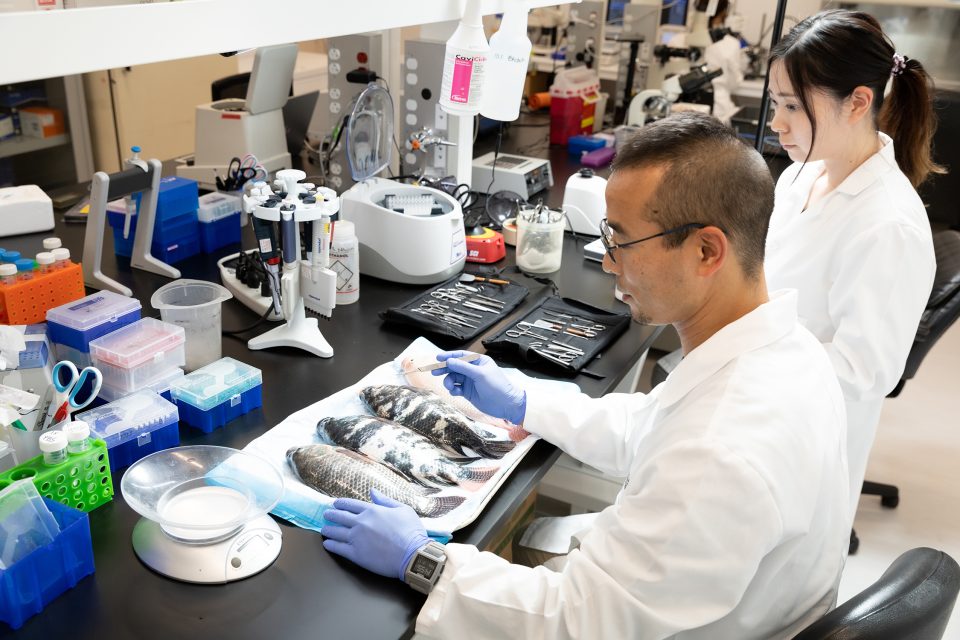
The second track of the CAT technology translates the sterile, monosex first track into commercial-scale production. This second track starts with transplanting germline cells from one monosex, sterile donor into hundreds of sterile hosts. These host fish nurture the implanted donor cells and thereby produce the same monosex and sterile offspring the donor would. This multiplication leads to mass production of monosex, sterile progeny.
The CAT team demonstrated the technology using tilapia, beginning by identifying which genes to target. The researchers started with a pool of genes common to all finfish, discovering which controlled fertility and sex determination. So, the technique should translate to other fish, either by targeting the same gene or perhaps another from a small group of candidates, Buchanan said.
This gene-engineering approach is superior to the alternative methods to achieve the same goals of physical shock, chemicals and hormones, according to CAT documents, because it is more effective and doesn’t produce undesirable physiological side effects. It also avoids environmental and health-related issues associated with hormones.
The CAT technology also could be useful in other gene-editing applications. Since the progeny are sterile, there is no chance for an escape of any gene modifications done as part of an effort to improve aquaculture. This safeguard could be vital for both regulatory and ethical reasons.
While such applications may lie in the future, right now CAT is looking for partners to help put the sterility paradox-solving technology into production. Discussions about commercial implementation are underway with several interested parties. The license to the technology will be nonexclusive, said Plouffe, adding that the technology could benefit the entire aquaculture industry. The organization’s research facilities have a limited capacity as compared to what industry can offer, so working with partners is a natural next step.
“We’ve maxed out what we can do in our labs,” Plouffe said.
Follow the Advocate on Twitter @GSA_Advocate
Now that you've reached the end of the article ...
… please consider supporting GSA’s mission to advance responsible seafood practices through education, advocacy and third-party assurances. The Advocate aims to document the evolution of responsible seafood practices and share the expansive knowledge of our vast network of contributors.
By becoming a Global Seafood Alliance member, you’re ensuring that all of the pre-competitive work we do through member benefits, resources and events can continue. Individual membership costs just $50 a year.
Not a GSA member? Join us.
Author
-

Hank Hogan
Hank Hogan is a freelance writer based in California who covers science and technology. His work has appeared in publications ranging from Boy’s Life to New Scientist.
Tagged With
Related Posts
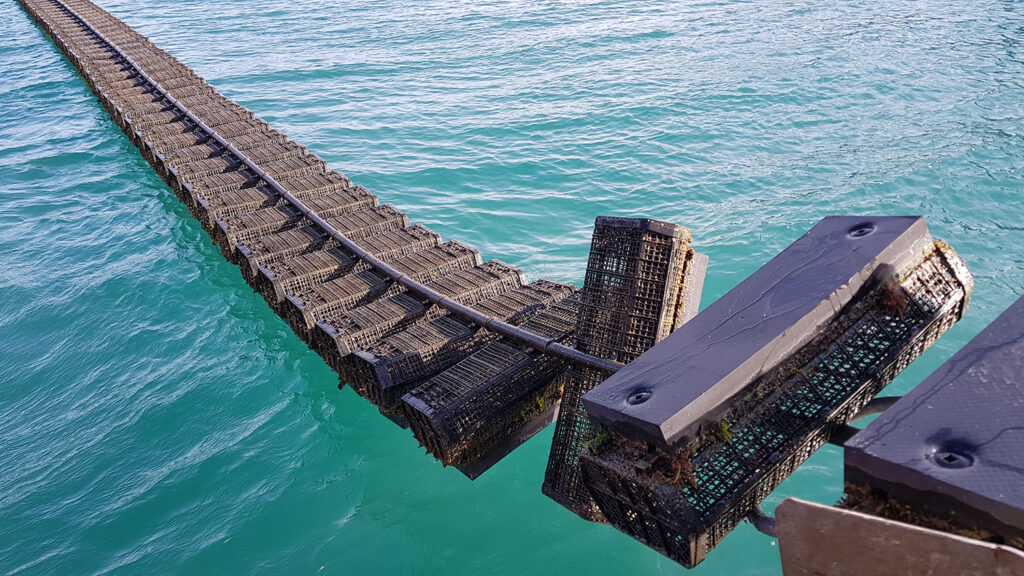
Innovation & Investment
Innovation Award 2021 finalist: FlipFarm
FlipFarm, a semi-automated oyster-growing system from New Zealand, is a finalist for GSA’s annual Global Aquaculture Innovation Award.
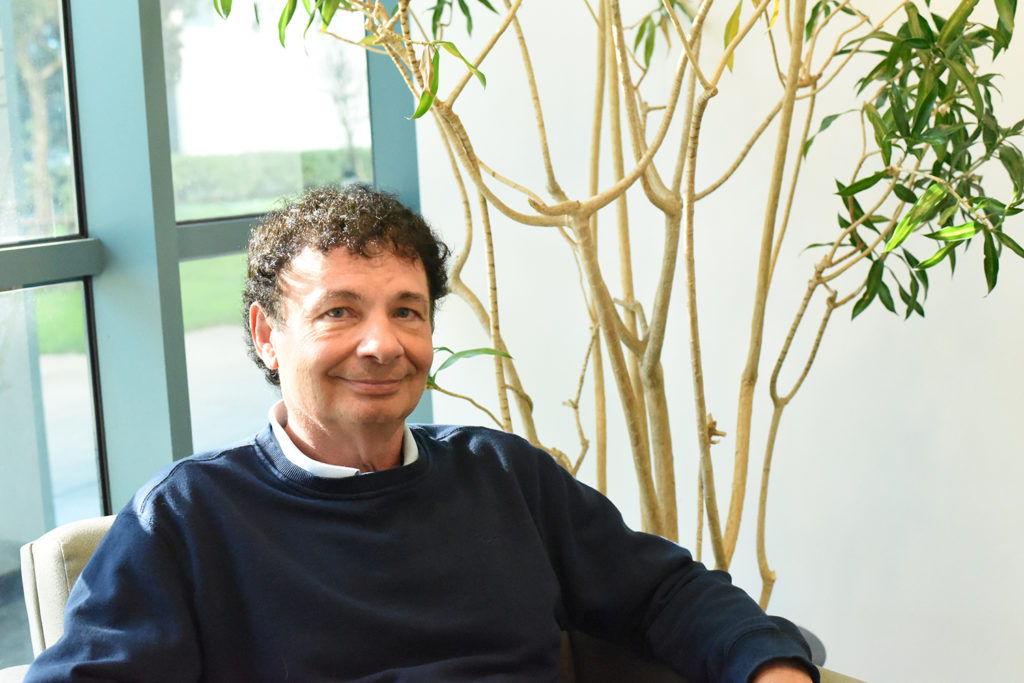
Innovation & Investment
Aquafeed ingredient AlgaPrime wins GAA Innovation Award
A proliferation of alternative feed ingredients has allowed aquaculture to extend the natural resources it depends on. AlgaPrime, packed with the long-chain omega-3 fatty acid DHA, is being recognized as a game-changing innovation for aquaculture feeds.
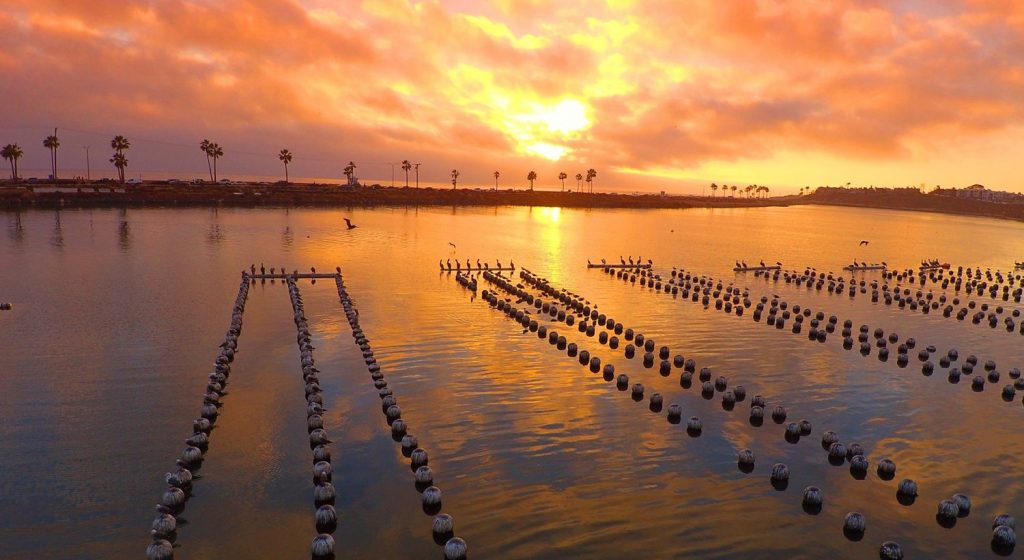
Responsibility
As ocean acidification threatens the shellfish industry, this California oyster farm is raising oysters resistant to climate change
Despite the dangers to shellfish posed by ocean acidification, a forward-thinking California oyster farm is producing oysters resistant to climate change.
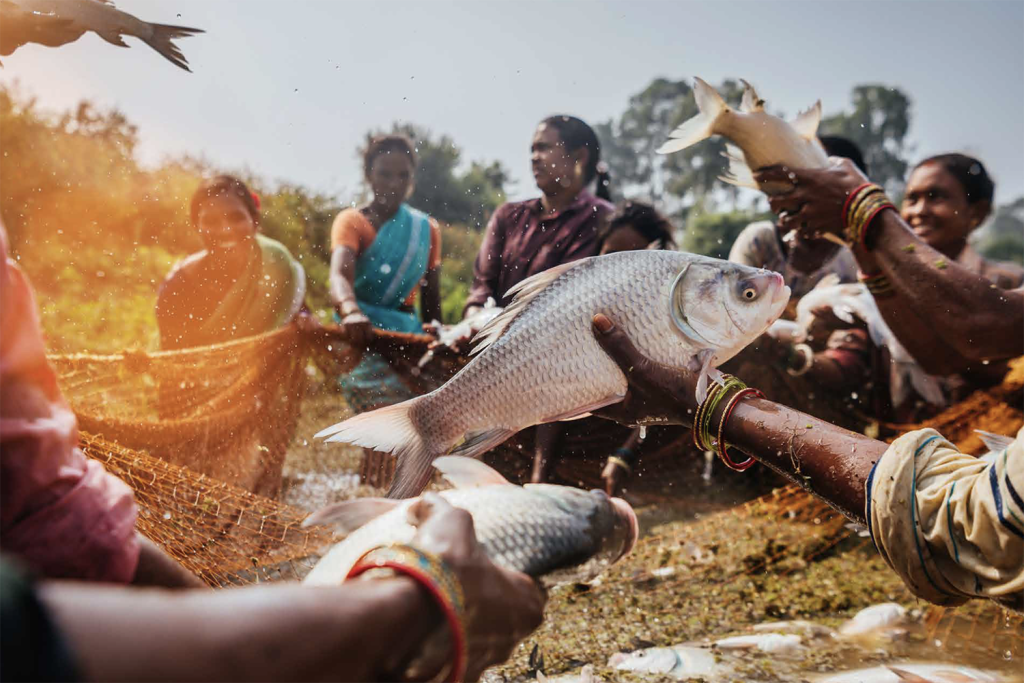
Innovation & Investment
‘They know better than men how to protect their environment and people’: How focusing on women farmers is boosting food security in India
GOAL 22: The Government of Odisha and WorldFish collaborate to boost income and food security in India by teaching women’s groups to raise carp.


